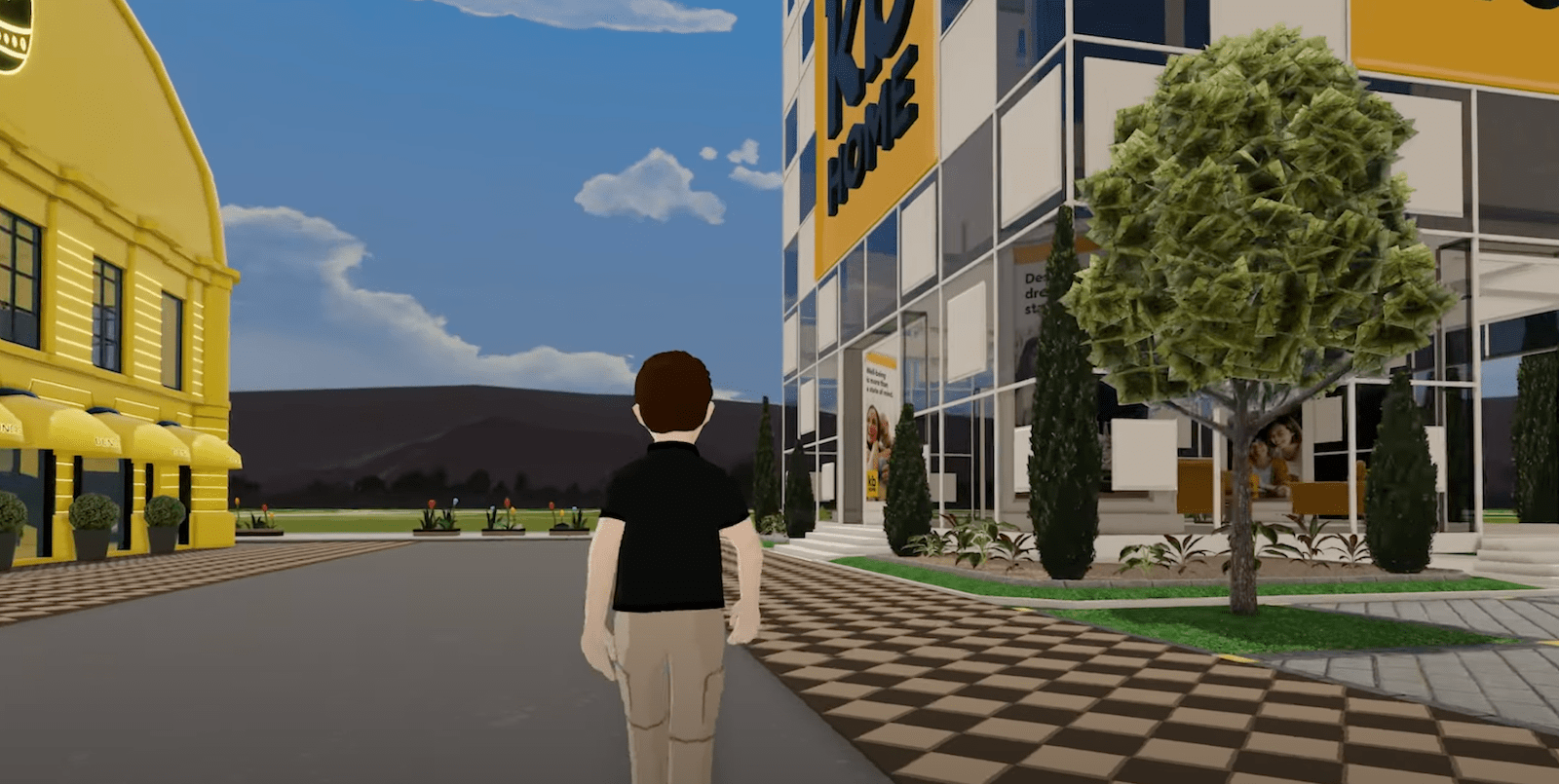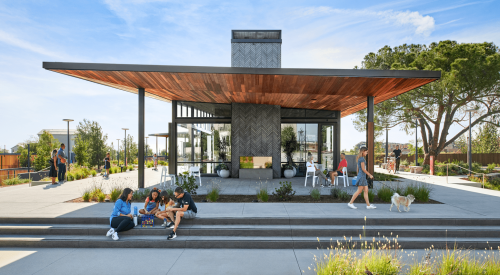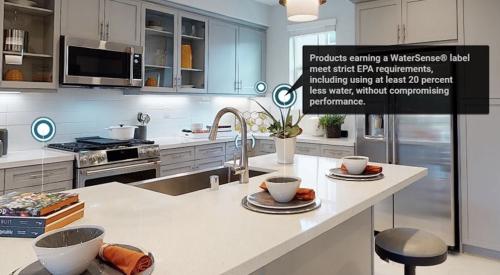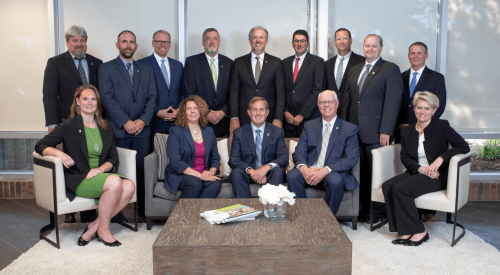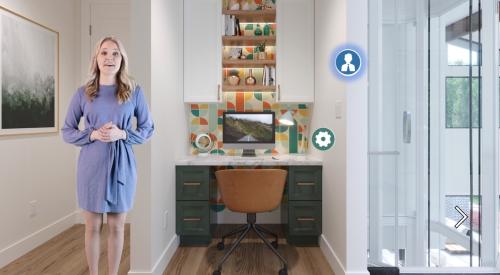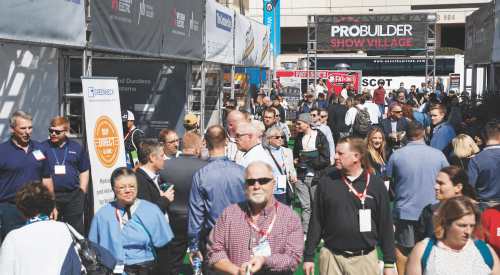Earlier this year, KB Home broke ground on a new venture without lifting a shovel of dirt, becoming what is believed to be the first U.S. home builder to introduce a new-home community in the metaverse, a virtual-reality space in which users can interact with a computer-generated environment and with other users.
The company’s foray into the depths of the digital world was done with a view toward connecting with the next generation of new-home buyers—Millennials—as they reach what have traditionally been considered prime homebuying years. This demographic is also familiar with a great deal of the technology surrounding the metaverse, creating a viable and desirable channel to connect with them as potential homebuyers.
Is KB Home’s metaverse initiative the first step in blazing a new trail for the housing industry, or simply a creative foray into previously uncharted territory by an innovative company identifying a novel resource it can use to connect effectively with younger, tech-savvy buyers?
KB Home’s virtual new-home community in the metaverse is located in Decentraland, a popular metaverse platform. The builder’s site includes a welcome pavilion, along with three decidedly different model homes (see below), each representing a popular floor plan. The models are interactive, encouraging visitors to explore them further and at their own pace.
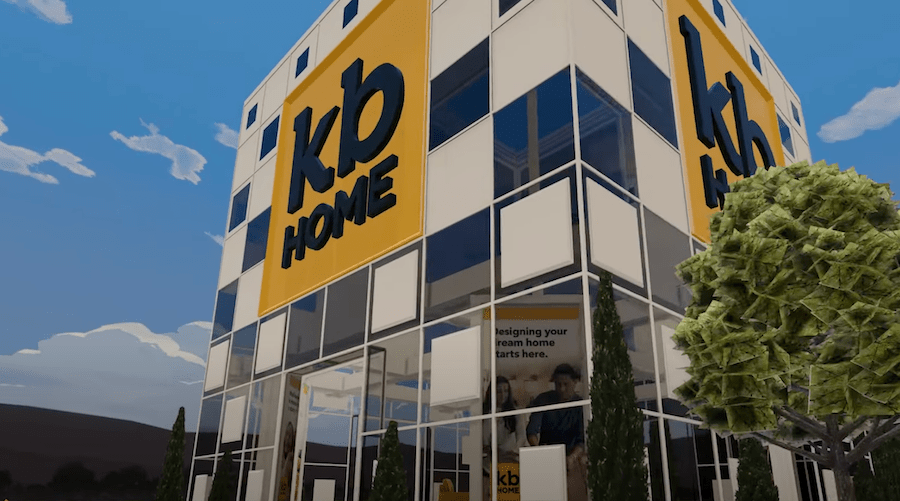
RELATED
- Video: Explore Decentraland, the First-Ever Virtual New-Home Community
- Using Digital Marketing to Sell Homes to Digital Natives
- Top Trends in Digital Sales and Marketing Strategies for Home Builders
- Buy It Now: Self-Service and the Homebuying Experience of the Future
The KB Home site also offers a virtual host who welcomes guests and provides information on the benefits of buying a KB home and how to follow up with the builder in the physical world or on its more traditional website.
After being greeted in the welcome center, visitors are introduced to the model homes and exterior styles, which include Contemporary Spanish, Farmhouse, and Craftsman. Following a brief reference to their distinct exteriors, visitors go inside the Craftsman home while the host describes KB Home’s ability to personalize the home to meet buyers’ wants and needs.

Why Should Home Builders Venture Into the Metaverse?
“KB Home has a long history of innovation, including a series of firsts, which share a common theme: the desire to help bring the aspiration of homeownership within the grasp of more families,” says Amit Desai, the builder’s chief marketing officer.
Desai believes KB Home’s virtual new community in the metaverse constitutes another first and provides an additional avenue to connect with customers. “The virtual models embody our emphasis on personalization,” he says, including interactive exterior design choices and interior features such as flooring, cabinets, faucets, and lighting.
Why should home builders care about digital twins? In short, they are poised to provide immense value to a building business through a range of pragmatic applications.
During the course of their visit, buyers also learn about KB Home’s commitment to quality, innovative design, and sustainability, and are encouraged to continue the process in the physical world or on KB Home’s website. “By offering the opportunity to explore a KB new-home community virtually, we're merging the physical and digital worlds in a seamless, interactive way,” Desai says, “toward a seamless process and unprecedented interaction between KB Home and its buyers. This is just the threshold of a technological revolution with the potential to fundamentally impact the way in which we and other home builders market, add value, and even transfer home ownership.”
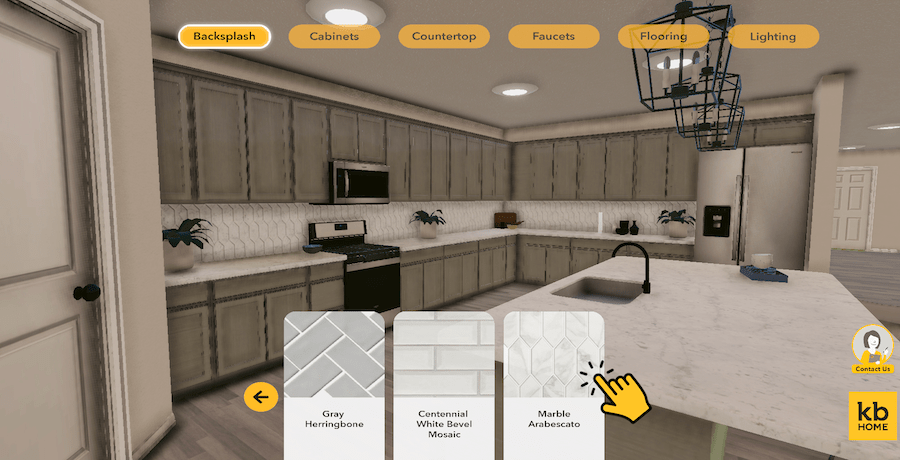
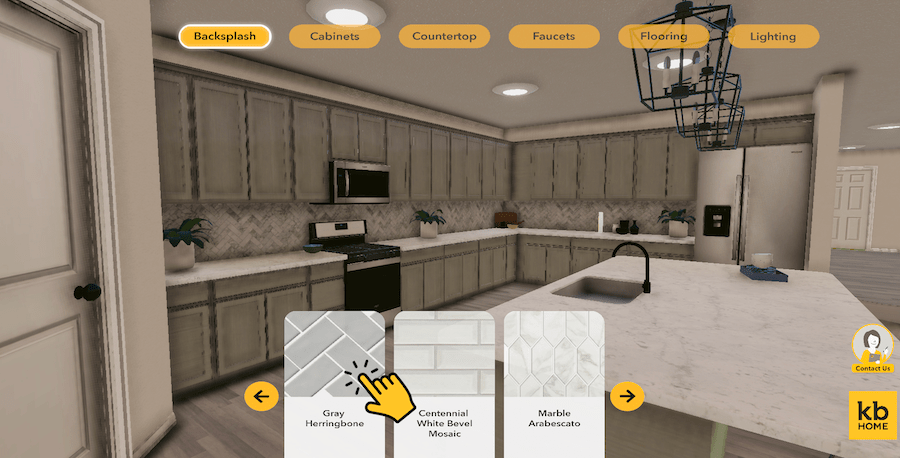
What’s Next for Home Builders?
Home builders’ presence in the metaverse will continue to evolve, and the next phase may be the widespread deployment of digital twins; that is, an exact digital replica of a physical object (for example, a house) augmented by data collected in the physical world to enable its manipulation, provide information, and facilitate an interactive user experience.
RELATED
- AI for Home Builders
- A Model for Staying Ahead of the Curve
- Marketing by Design Center
- Selling Homes Online? New Home-Shopping Tools Can Help
A popular (or at least familiar) example is NASA’s use of digital twins when responding to the oxygen tank explosion and resulting damage to the main engine on the Apollo 13 mission. NASA used various simulators to analyze the problem and enhance a physical model to incorporate digital components. Not only were digital twins instrumental in saving that mission, the technology has been widely adopted and applied to an ever-increasing and diverse array of use-case scenarios.
Digital twins do not need the metaverse to function; rather, the metaverse allows digital twins to deliver an immersive experience.
Digital Twin Strategies for Home Builders
Why should home builders care about digital twins? In short, they are poised to provide immense value to a building business through a range of pragmatic applications, including:
- Reducing reliance on model homes. Model homes represent a significant expense for new-home builders, with costs increasing in tandem with interest rates. Builders can leverage digital twins to reduce the number of model homes in a new community and redeploy the capital saved to essential expenditures such as option payments on undeveloped land.
- Next-level virtual tours. Builders can provide buyers with virtual tours of the properties they are interested in or introduce them to homes they may not be able or want to visit in person. Moreover, a virtual tour using a digital twin can include amenities and services within the development, as well as those located nearby, such as schools, large employers, shopping, and transportation routes. Those taking the tour also can watch interviews with relevant representatives, such as the local high school principal or buyers who have purchased a similar home from the builder and are willing to share their experience.
- After the sale. Digital twins can be useful after the sale, for purposes such as facilitating an ongoing relationship with the buyer and providing them with a digital twin in the form of a non fungible token (NFT) that includes useful information about the house, beneficial not only to the initial buyer, but also to subsequent owners, and including tools such as warranties and maintenance policies and procedures.
A digital twin also can be a living virtual model, updated with information about operational expenses or maintenance by the buyer or a service provider after occupancy and transferable at resale. Or, the digital twin can be used for something as basic as deciding which color to paint a room or planning where to put different pieces of furniture.
At this early juncture, the value of the digital model is a product of the degree to which its utility exceeds the incremental effort required to use it. For example, with an increase in working from home or remotely, employees are able to live farther away from their employer’s physical office; an immersive virtual experience afforded by a digital twin allows prospective buyers to visit homes in a community they may not otherwise consider.
The value of digital twins extends to include a greater community connection not necessarily possible (or affordable) to most homeowners. For example, if the digital model is located in the metaverse, the homeowners will be able to meet with friends and family virtually, making participation in milestone events possible for those unable to attend in person.
Depending on how the digital twin is structured, the builder may be able to gain access to information about the physical home’s maintenance needs after closing. This feedback can help the builder remain close to the customer while leveraging feedback to improve its product.
Home builders have just begun to explore the ways in which a presence in the metaverse can add value, not only to the buying process, but for years after the sale. Early adopters will be able to leverage the benefits to amplify their unique selling proposition, with the potential to scale across their portfolios, add value to their homes, and perhaps even further burnish the image of already distinguished brands.
Exceedant Web3 Metaverse Partners facilitate innovative brand engagement for organizations through digital real estate and other assets in Sandbox, Decentraland, and other metaverse platforms. Buy, rent, or license locations with Exceedant Web3 Metaverse. Services include: acquisitions, architectural design/build, construction, brokerage, and management.
